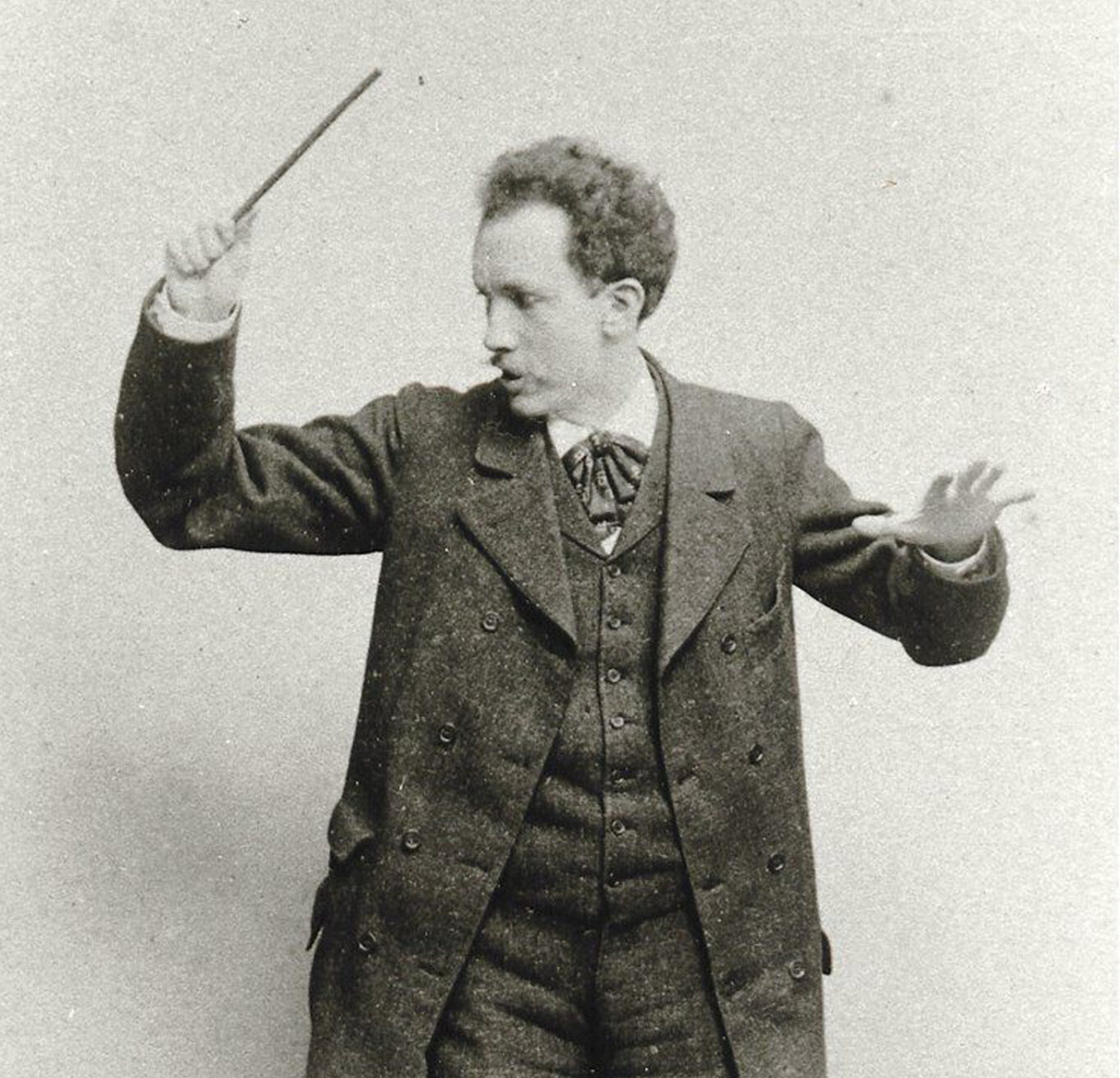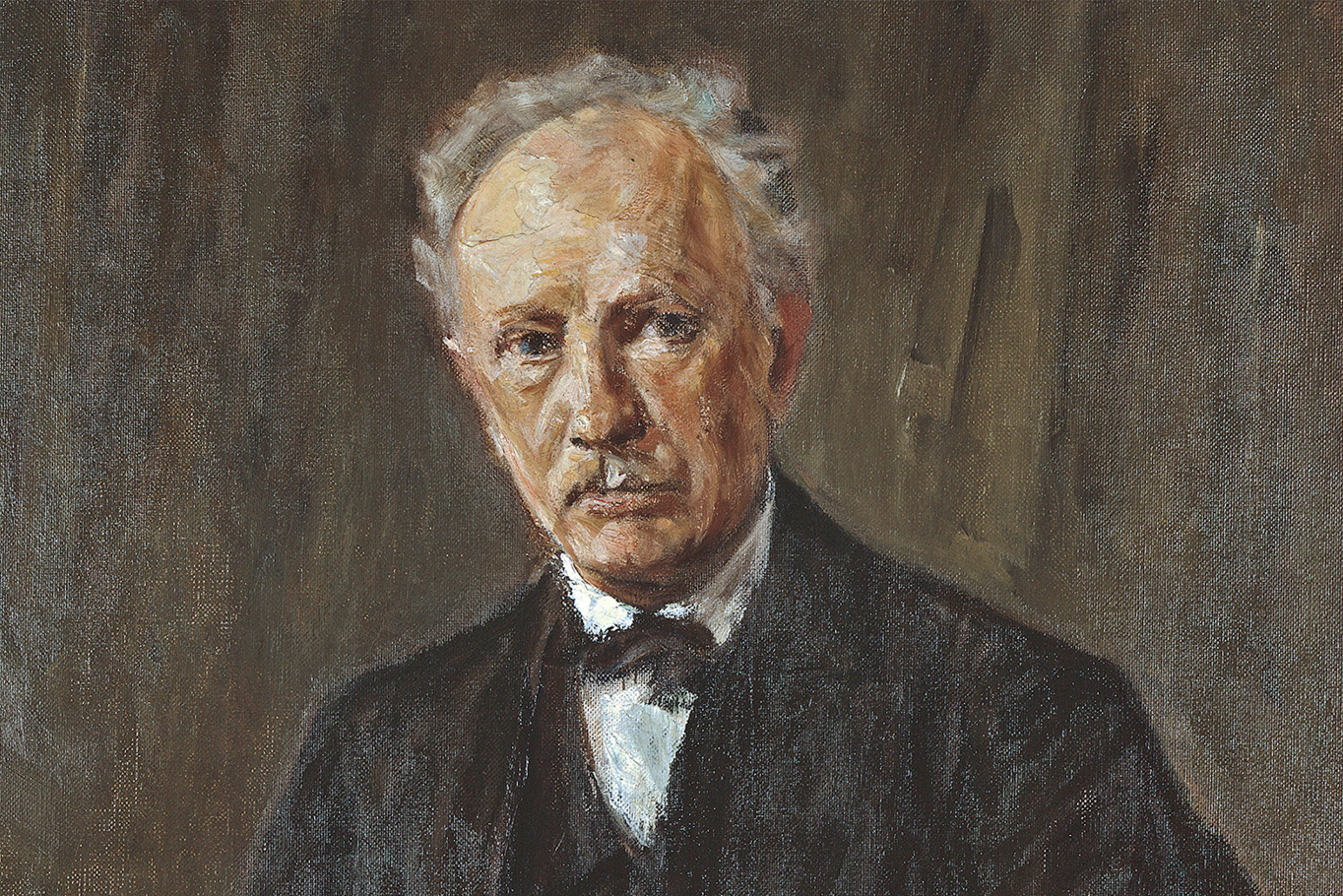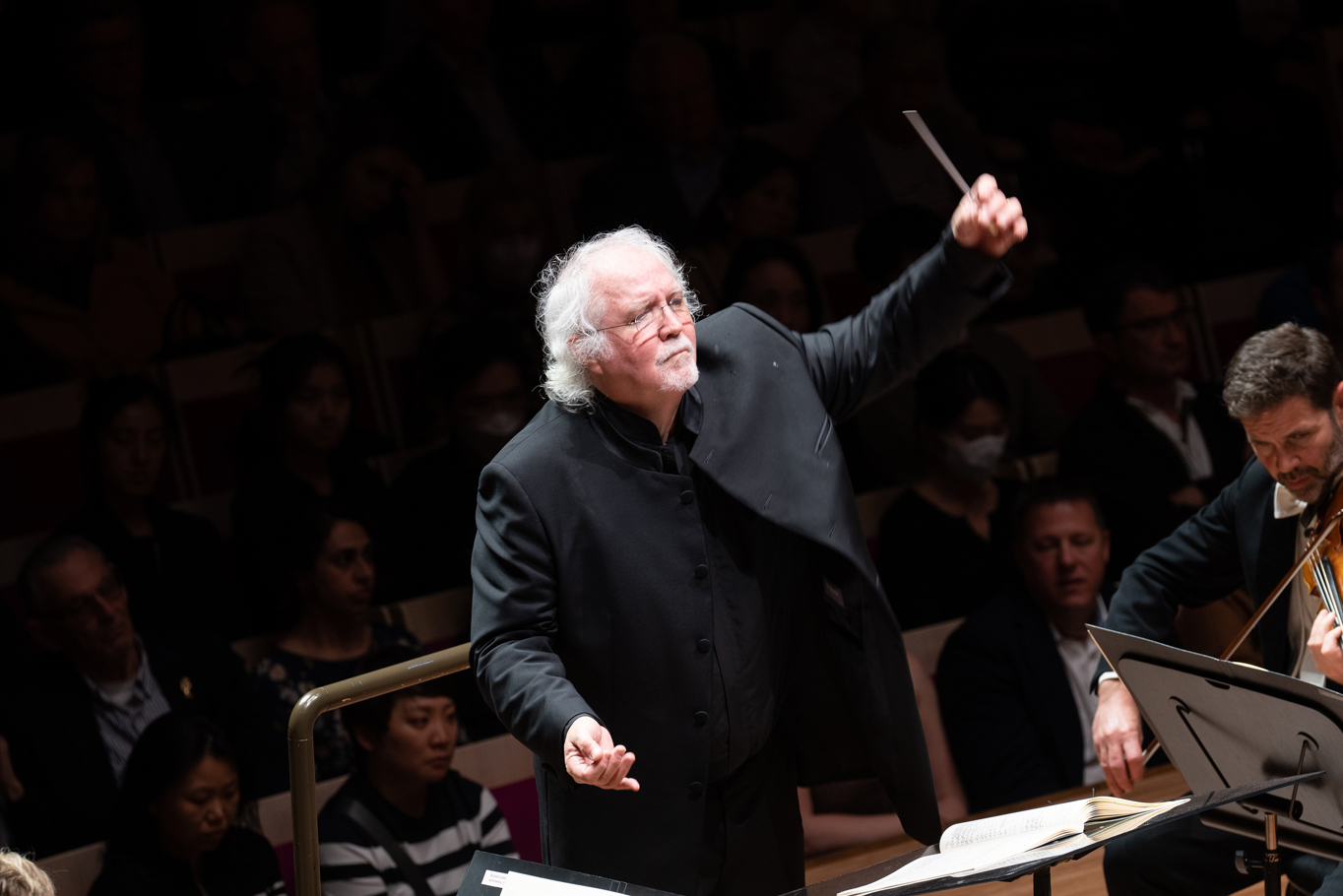
Who Was Richard Strauss?
23 May, 2025
The German composer and conductor Richard Strauss (1864–1949) is beloved by audiences and musicians around the world for his richly-textured musical works. We asked Chief Conductor Simone Young and Principal Guest Conductor Sir Donald Runnicles, two of the world’s great Strauss conductors, for their insights into the man and his music ahead of two concerts that promise to be highlights of our 2025 Season.
By Hugh Robertson
Not long before he died in 1949, Richard Strauss joked about his standing in the classical world. ‘I may not be a first-rate composer, but I am a first-class second-rate composer!’
He was being far too modest. 75 years after his death, there is absolutely no doubt that Strauss belongs to the very highest echelon of composers. Perhaps no composer since Mozart produced such a high level of both symphonic and operatic works, and his orchestral works are staples of concert seasons around the world. He is often mentioned by musicians as one of their favourite composers to play, and his moving and powerful writing compositions inspire a legion of fans around the world.
In 2025 the Sydney Symphony performs four major works by Strauss, led by two of the world’s most celebrated Strauss interpreters. Principal Guest Conductor Sir Donald Runnicles conducts A Hero’s Life (Ein Heldenleben) in June, and Chief Conductor Simone Young leads an all-Strauss program in September.
So what is it about Strauss’s music that speaks to audiences – and to musicians – so deeply?
‘Richard Strauss is one of those composers who has simply obsessed me for decades,’ says Simone Young. ‘Strauss’ lush harmonies, intense emotionality, walking the tightrope between despair and ecstasy – these are all powerful elements in a symphony concert.’
Strauss has been a significant part of Young’s career: she conducted her first Strauss opera in 1995, 30 years ago, and since then has conducted most of Strauss’ operas and symphonic works many times.
The popular assessment of Strauss has changed several times in the 150-plus years since his birth. Originally hailed as a successor to Gustav Mahler and Richard Wagner, the operas Salome and Elektra in the first decade of the 20th century established Strauss as a brash modernist. Yet, as Simone Young takes pains to point out, after ‘looking into the abyss of chromaticism and dissonance…he didn’t take the step forward that Schoenberg and Berg did.’ His later works, beginning with the opera Der Rosenkavalier but including Metamorphosen and his Four Last Songs, showcase a man working in a decidedly late-Romantic idiom.
Strauss was also a celebrated conductor in his day, and Young has followed in his footsteps all over Europe. ‘Munich, Dresden, Berlin Staatsoper and Vienna Staatsoper – all the key places where Strauss performed and where his compositions were premiered have been my key stations for the last 30 years of my life,’ explains Young.
‘So you embed yourself in that sound, you're working in the acoustics that he worked in, you’re listening to the kind of instruments that would have been playing when he was there.’
Her connections to Strauss are even deeper than simply proximity – when Young first conducted the Vienna Philharmonic in the 90s, she actually worked with musicians who has played under Strauss.
I really think it gives you an access to an authenticity that would be very hard to gain otherwise.

Another who has spent his professional life deeply immersed in the world of Strauss is Sir Donald Runnicles. As the Music Director of Deutsche Opera Berlin since 2009 Runnicles has spent considerable time with Strauss’ operas, and his orchestral works regularly feature on Sir Donald’s schedule; he has also recorded a number of Strauss works, including A Hero’s Life (Ein Heldenleben).
Runnicles is full of wonder when he talks about the way Strauss is able to conjure sounds from an orchestra, pointing out that he – quite literally – wrote the book on orchestration: Treatise on Instrumentation was a study of orchestral instruments first written by Hector Berlioz in 1844, but was updated in 1904 with substantial revisions by Strauss.
‘This very famous Treatise on Instrumentation, how you write for an orchestra, remains to this day a very, very important book,’ says Runnicles. ‘He plays the orchestra like a concert pianist, in the sense that he is a virtuoso at orchestral writing.
‘It is a feature of the music of Richard Strauss that all orchestral players are a little in awe of what he writes for them. It's sometimes fiendishly hard – almost impossibly hard. And yet there's a challenge, he throws down a gauntlet to each and every person in the orchestra. He made demands of the orchestra that very few composers up until then had made, and in meeting those challenges, orchestras got better and better.’
Strauss was steeped in the world of orchestral music from birth: his father, Franz, was the principal horn player of the Munich Court Orchestra, celebrated as Germany’s leading virtuoso of the instrument. Such was Franz’s playing that he was sought-after by Wagner to play in the premieres of his operas at the Bayreuth festival, even though Franz hated Wagner’s music, and Wagner didn’t care much for Franz. Indeed, Wagner once wrote in a letter than Franz Strauss was an ‘intolerable blighter, but when he plays his horn one cannot stay cross with him’.
For Runnicles, there are few composers he enjoys performing more. ‘There is no composer more compelling, in both the virtuosity but also the depth of passion, the sensuality in that music,’ he says enthusiastically. ‘It inspires musicians. And we hope, with A Hero’s Life, that the audience is equally inspired.’

For Young, it’s not just the music that fascinates her but the man and the historical period as well.
‘I’ve read a huge amount about Strauss. I find Strauss very interesting,’ she reveals. ‘And of course, the period from 1900 to the end of the Second World War is a period of history in Vienna that fascinates me: shifting borders, shifting alliances, shifting influences, heavy influence from the East, then strong influences from Germany, of course.
‘Reading the history of that period is sobering and terrifying. But the one constant is that Vienna has always stayed the home of music.’
Young’s program in September offers three very different glimpses of Strauss: an early work in Burleske, written when he was 22; Also sprach Zarathustra, written 10 years later and undoubtedly his most famous work; and finally Metamorphosen, written in 1945 just a couple of years before he died, and after having lived through the chaos and horror of the Second World War.
Young is thrilled at the chance to spend so much time exploring this music.
‘With Metamorphosen we are hearing the mature Strauss in an unusually contemplative and elegiac mood,’ she explains. ‘A lot of criticism – rightly – is levelled at Strauss for having written works during the Second World War were light and frivolous and conversational, and completely ignored what was going on outside his front door. But Metamorphosen is a work where, without apologising for a moment, examines and mourns and reflects upon the enormous loss of life of the Second World War.
It was also a work that we filmed during the pandemic when we couldn’t give public concerts, and I just think it's such a key work of the 20th century, and the best example of late Strauss.
‘Then with early Strauss, we have Burleske, which is a piano piece that's not quite long enough to be called a concerto,’ continues Young, with a smile. ‘It's a work that is adored by the people who perform it – it is such a glorious piece of music. And it is such a fireworks display from the pianist –I’m thrilled to be doing it with the wonderful Australian pianist Andrea Lam, who really is one of the best soloists that we have in this country at the moment.
‘And this will be my first performance of Burleske, which is fun for me. I don’t get to do too many things for the first time these days!’
Rounding out the program is Also sprach Zarathustra, probably Strauss’ most famous orchestra work thanks to the prominent use of its opening moments in Stanley Kubrick’s 1968 film 2001: A Space Odyssey – a scene so iconic that the Barbie movie opened with a shot-for-shot homage.
‘It’s such a powerful opening,’ says Young. ‘It’s exquisitely structured, and a classic example of his use of strings: a string quartet becomes a sextet, becomes an octet, becomes all the violins, some of the celli, then you add a horn. It’s just a showcase in how Richard Strauss composed, and a powerful, exciting, beautiful piece of music that is breathtaking.’
How exciting for Sydney audiences that we get the chance to discover this important composer in such detail this year – and with two of his most celebrated and passionate devotees as our guides.


